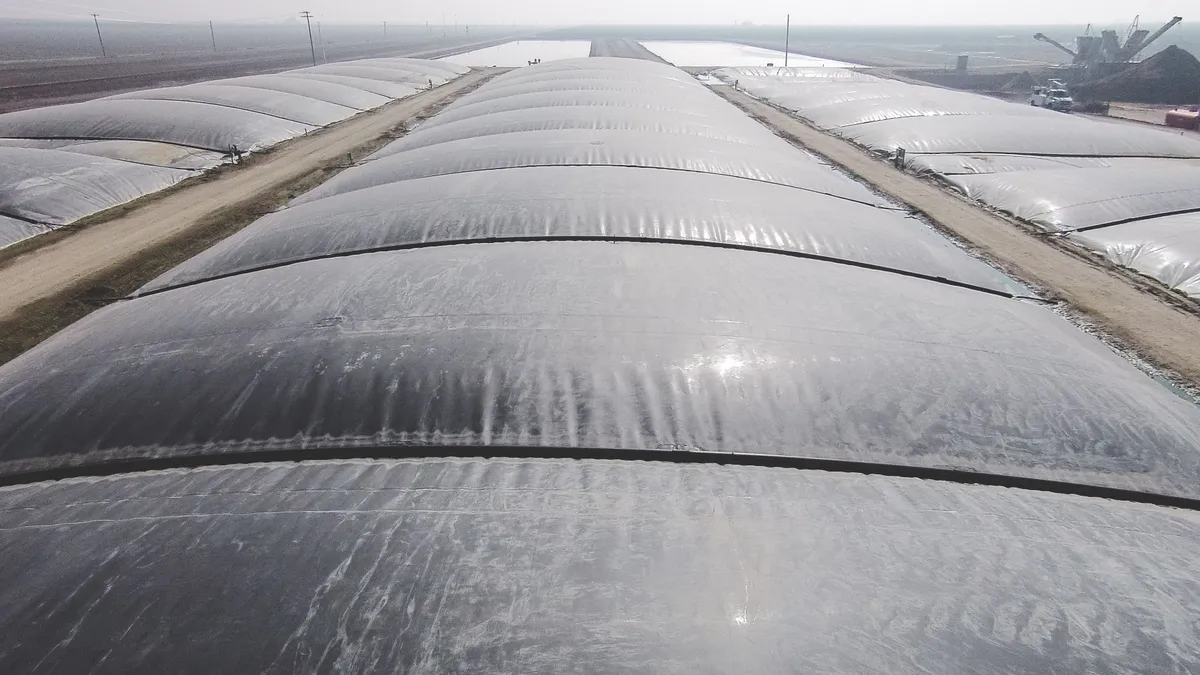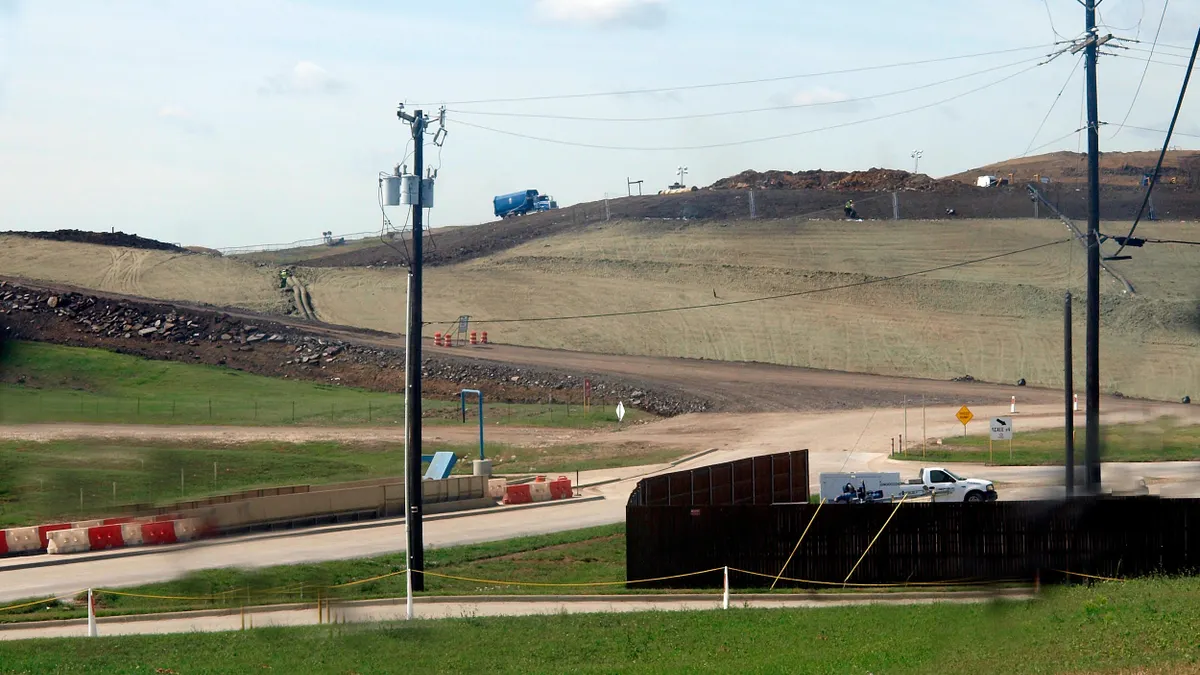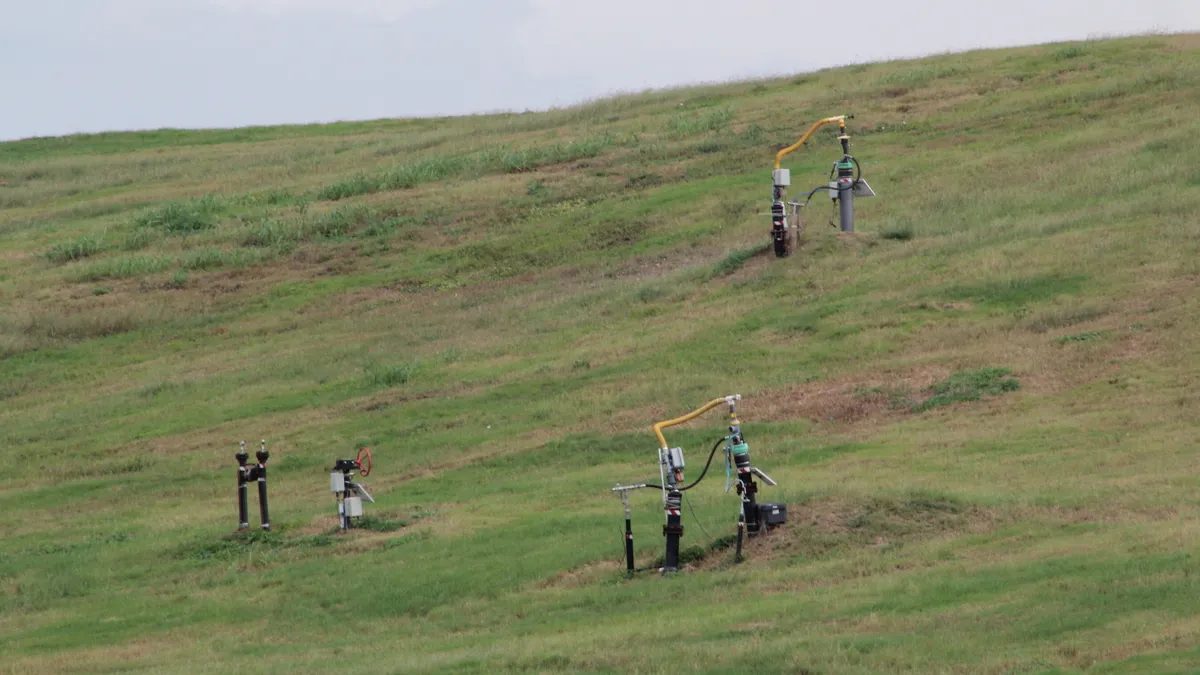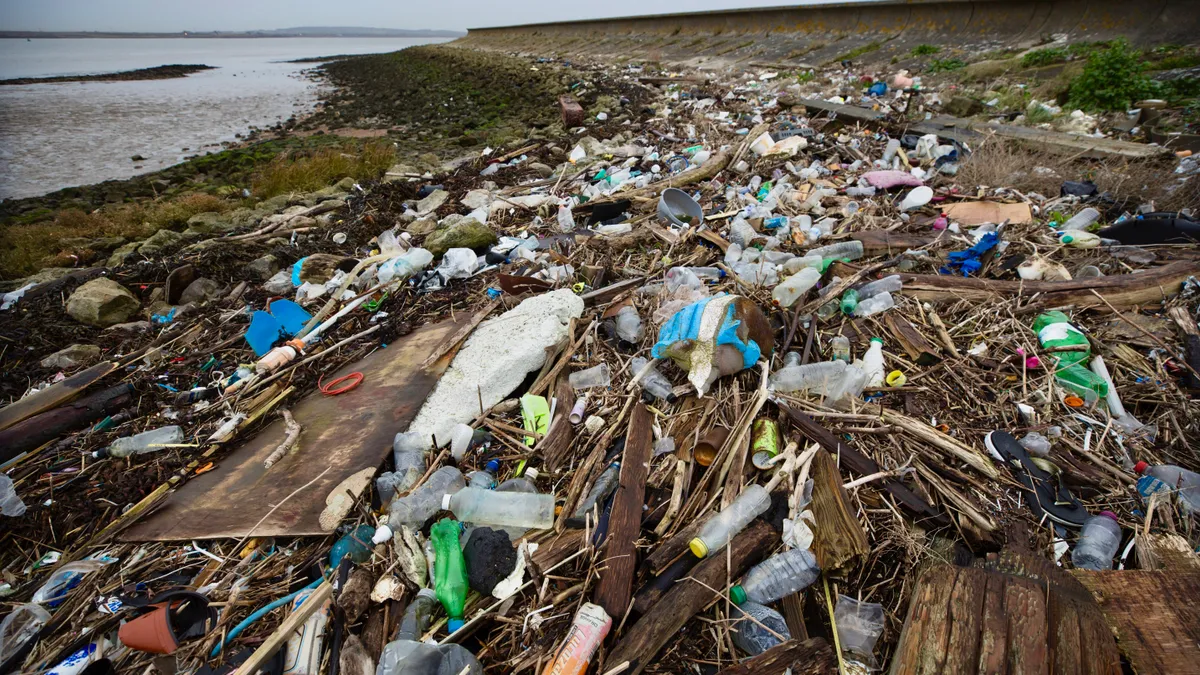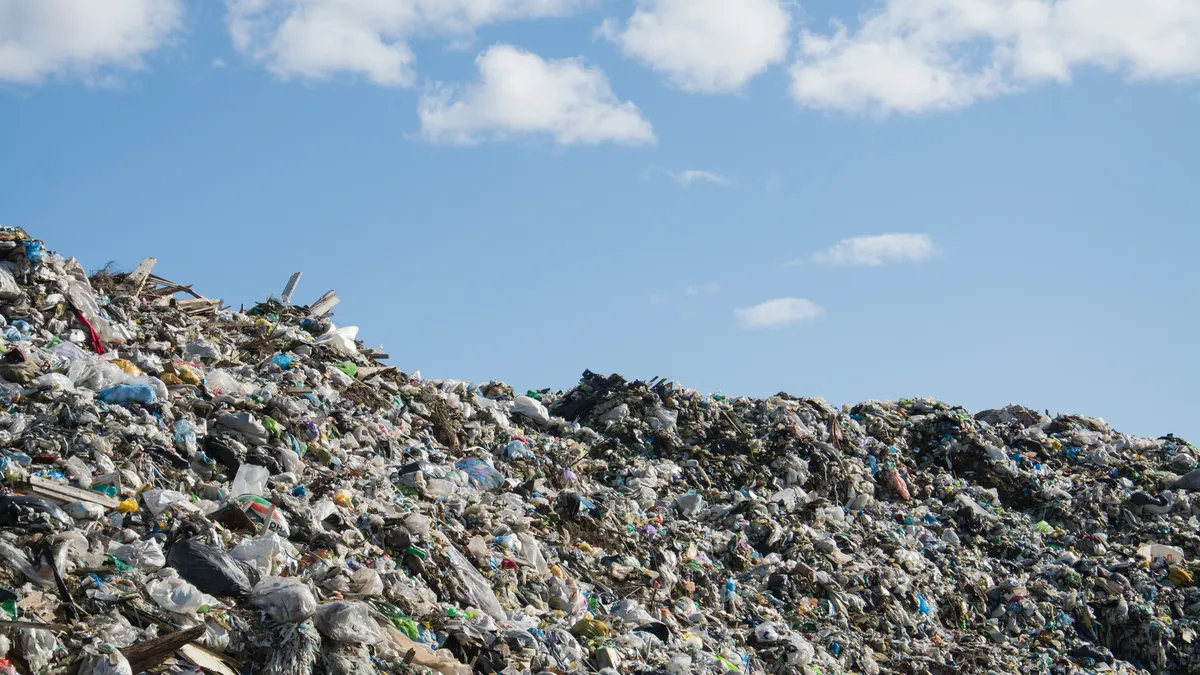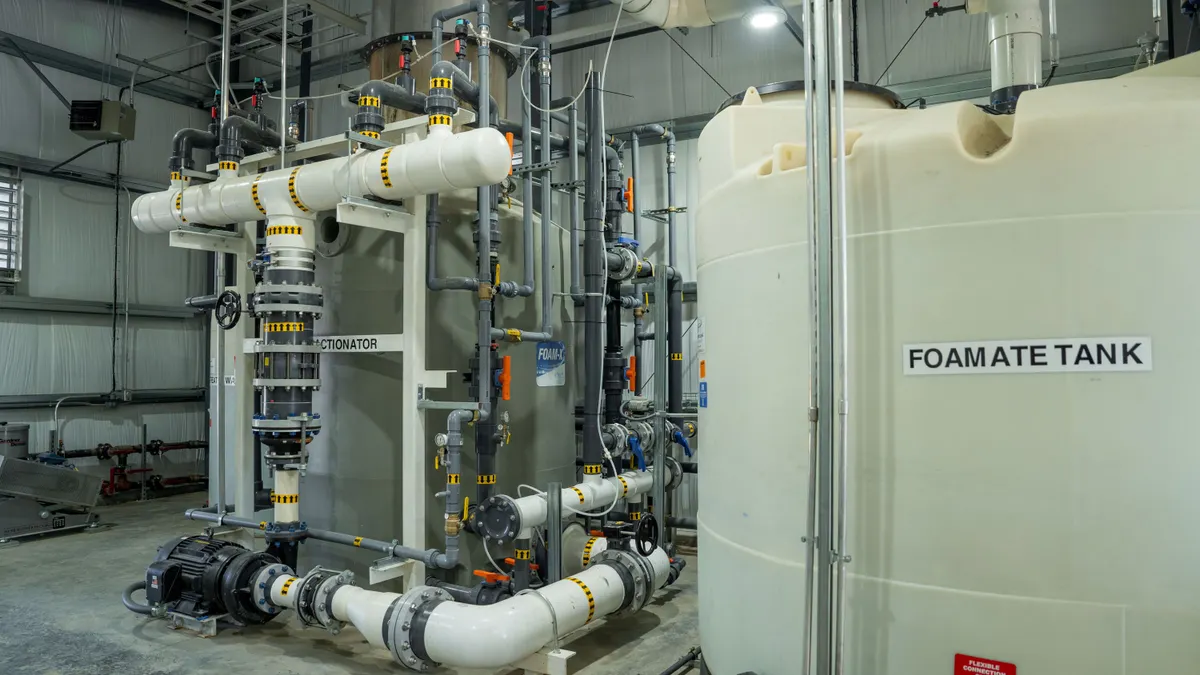The federal agency Environment and Climate Change Canada has released a draft regulation that would set minimum standards for controlling landfill methane emissions in the country for the first time. The regulation is in the second phase of a three-phase rule-making process, with a public comment period that closes Aug. 28.
The agency would set new requirements regarding annual emissions reports, surface emissions monitoring, methane destruction and other key aspects of monitoring and reducing methane emissions at a landfill. ECCC estimates the regulation would avoid 107 metric megatons of carbon dioxide equivalent between 2025 and 2040, with an average cost of $5 Canadian per metric ton.
"Reducing emissions from methane is one of the top recommendations made by climate scientists to slow the rate of global warming. To achieve Canada’s emissions reduction targets, we need to reduce landfill methane emissions," ECCC Minister Steven Guilbeault said in a statement. "The proposed Regulations would set standards that are in line with the most stringent requirements in North America."
Canada, like the United States, is a signatory of the Global Methane Pledge, an international agreement to reduce methane emissions 30% below 2020 levels by 2030. The Canadian government estimates its landfills are responsible for 17% of the nation’s methane emissions.
For existing landfills, the proposed regulation would apply to any facility that has accepted MSW in 2010 or later and has more than 450,000 metric tons of MSW in place. It would also apply to those that accept more than 10,000 metric tons of waste in a year and have more than 100,000 metric tons of waste in place after the regulation goes into effect.
That threshold would cover most of the landfills that serve Canada's major population centers, according to Dave Risk, a scientist who leads emissions research group Flux Lab. He estimated the regulation would cover most of the 270 landfills that serve 90% of the Canadian population.
The regulation would “even out” the regulatory environment for landfills, he said, aligning fairly closely to the standards in the strictest provinces: Quebec, British Columbia and Ontario.
“We have quite a mixed bag right now, and also provinces have done very differently when it comes to diversion rates and keeping organics out of the landfill,” Risk said. “[It would] set all provinces on the track of what the best in class is.”
Industry organizations and major landfill owners, like WM, are currently reviewing the proposal. SWANA previously offered comments when ECCC released a higher-level framework for the rule in 2022. The organization successfully pushed ECCC to raise the threshold of applicability to apply to fewer landfills. SWANA has also raised concerns about the cost of monitoring technology, said Kristyn Oldendorf, director of public policy at the Solid Waste Association of North America.
The proposed regulation would allow drone monitoring technology. It specifically cites the U.S. EPA’s approval of Michigan-based Sniffer Robotics’ drone technology as an acceptable practice for Canadian landfills. Sniffer announced it had begun operating at certain landfills in Canada in a company LinkedIn post in June.
The proposed regulation is good news for advocates who have been pushing for methane reductions, especially for countries like Canada that have signed onto the Global Methane Pledge. While the U.S. has achieved landfill gas reductions for decades through reporting and gas collection programs, it hasn’t updated its landfill gas regulations since 2016. The EPA recently announced it was planning to take another look at that regulation, potentially issuing a proposal this year.
Canada’s proposal is analogous to some of the tougher U.S. states whose regulations go beyond federal landfill gas requirements like Washington, Oregon and Maryland, said Katherine Blauvelt, circular economy campaign director at Industrious Labs.
“States have acknowledged, ‘Okay, we really have to be more precise about who's got a large amount of methane coming out of their landfill,’” Blauvelt said. “It looks like they've moved in that direction.”
Blauvelt said the biggest challenge for identifying landfill methane is by identifying exceedances, or areas where gas capture systems are failing to contain methane. The resulting plumes from such events are increasingly drawing concern as drones, flyovers and other measurement methods begin detecting these previously unmeasured releases.
Tackling them will require more advanced monitoring technologies, like the drones that received a nod from EPA and now ECCC, Blauvelt said. She said the Canadian proposal shows the government is getting serious about its methane commitments and not a moment too soon — the regulation is set to kick in beginning in 2027, just three years before Canada’s methane reduction deadline.
“You've got to skate to where the puck is. You've got to set those minimum standards to really be effective. The only way you do that is by making sense and incorporating these remote sensing technologies,” Blauvelt said. “They've got to be required at the end of the day.”








